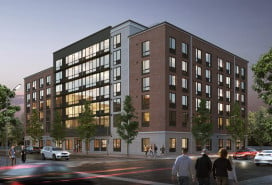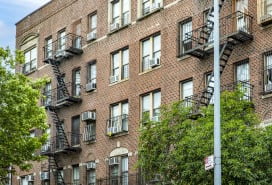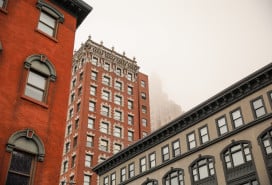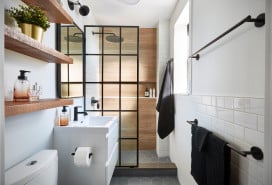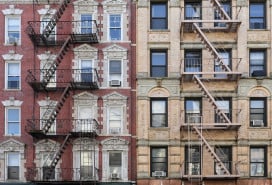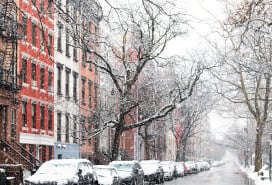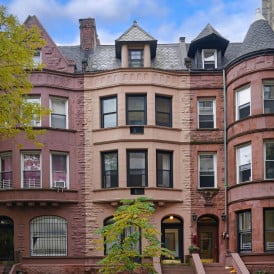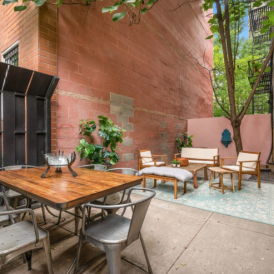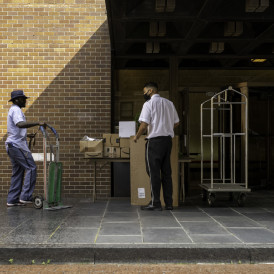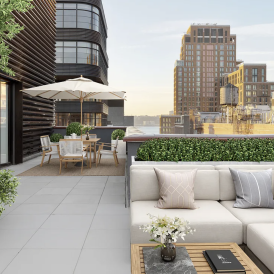NYC Renovation Chronicles: Pre-construction tips for the uninitiated

As an architect who has completed dozens of New York City apartment renovations over the years, I am still cautious crossing the pre-construction minefield.
The design and approvals process is fairly predictable, but given the variables – from difficult boards to problem management companies to the shrouded secrecy of our beloved Landmarks Preservation Commission – each job seems plagued with its own surprises.
Well before the first nail is driven, you must maneuver past several stumbling blocks.
Here are a few timeworn pre-construction hurdles and some advice for dealing with them.
Hurdle #1: Nailing the design down
Just as you wouldn’t start cooking before knowing what you’re making, you need to know what you’re building before the demolition crew starts swinging sledgehammers.
Work with a design professional (an architect, interior designer or decorator) to get the design on paper – floor plans, details, specifications. Enjoy it, because it is supposed to be fun. And it usually is, at least until the pricing comes in.
Hurdle #2: Not falling madly in love with the unattainable
As a general rule, it is best not to fall madly in love with anything until you are sure you can afford it. I have seen heartstrings tugged between the AV system and the extra bath. Get construction estimates early to avoid grief: Value engineering – the operation of cutting cost from a completed design - is a painful procedure.
Hurdle #3: Knowing the rules
Once you settle on an affordable plan, an independent architect or engineer chosen by your Board will check your design for things your building might take issue with. Caution: Do not jump the gun here.
You do not want to be the co-op owner who prematurely ordered replacement windows only to find out that his building no longer accepted those windows due to poor installation methods and the fear that they would end up on the sidewalk.
Mistakes like that get expensive.
Building rules are often delineated in the building alteration agreement, but it also helps to speak with a board member in person to learn the dos and don’ts. Chances are your board members have seen projects similar to yours and they know what is approvable. It also helps to make friends with people in high places who wield influence.
Hurdle #4: Getting permits
If you are moving any walls or plumbing, you’ll need a construction permit from the NYC Building Department (and in the case of a Landmark district project, the Landmarks Preservation Commission).
Drawings and paperwork slowly meander back and forth between your architect and expeditor, your expeditor and the Department of Buildings, the Department of Buildings and your contractor, and so forth during the filing process.
It might take several weeks, and there is not much you can do to speed it up.
In fact, do not underestimate bureaucratic delays. Assume they will happen and use the time for something constructive like interviewing contractors and reviewing their work, making sure your building has all the paperwork it needs, and ordering that custom sofa with a 6 month lead time.
Out of the frying pan and into the construction zone
When you receive the construction permit and the work is cleared to begin, at that moment, it will feel like you’re finally cooking with gas. Savor it.
Construction has its own challenges: complaining neighbors, sloppy workmanship, contractors who don’t show up, plumbing inspections, delivery delays, change orders, sign off issues…
Next time: An Architect’s perspective on the difference between a good client and a nightmare.
David Katz has been practicing architecture in New York City for the last 20 years. Detail oriented, nervous and a little neurotic, he specializes in co-op and condo renovations.
Disclaimer: Information provided herein is not to be construed as professional advice. Readers are urged to consult with a licensed architect regarding their specific circumstances prior to undertaking any renovation work. (We do not want any buildings falling down!




